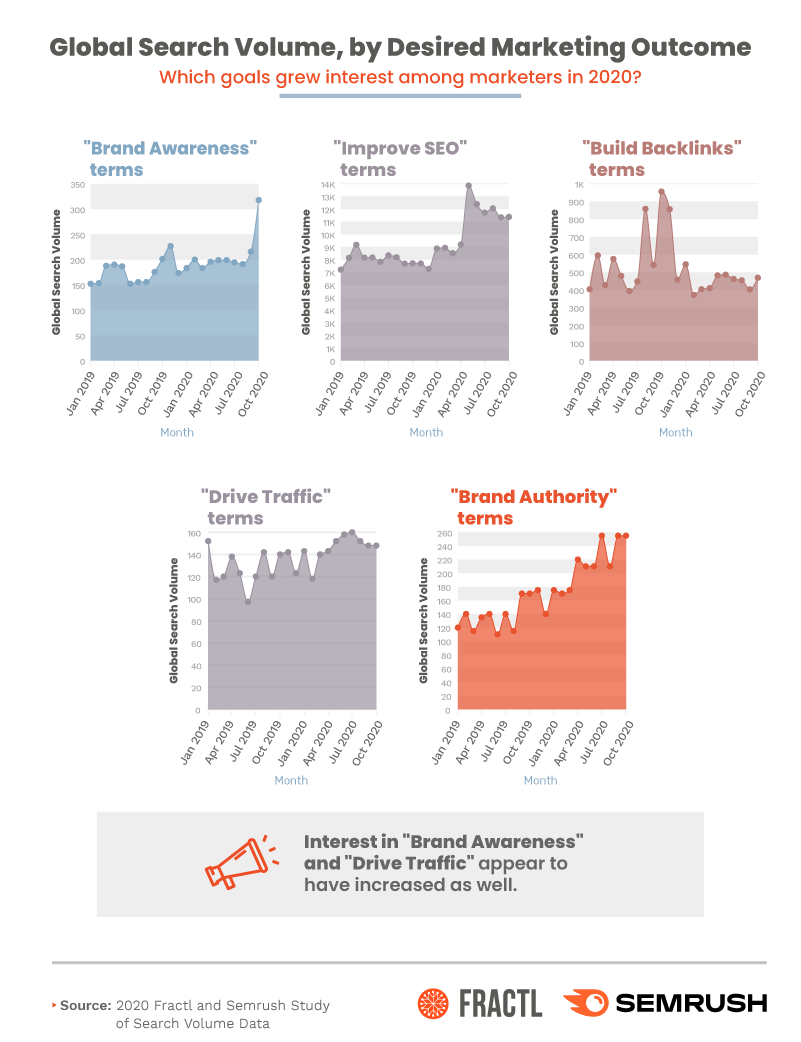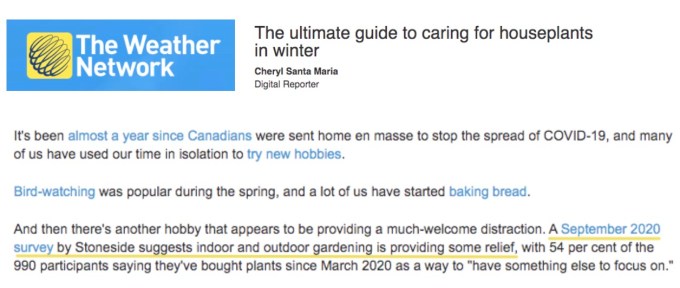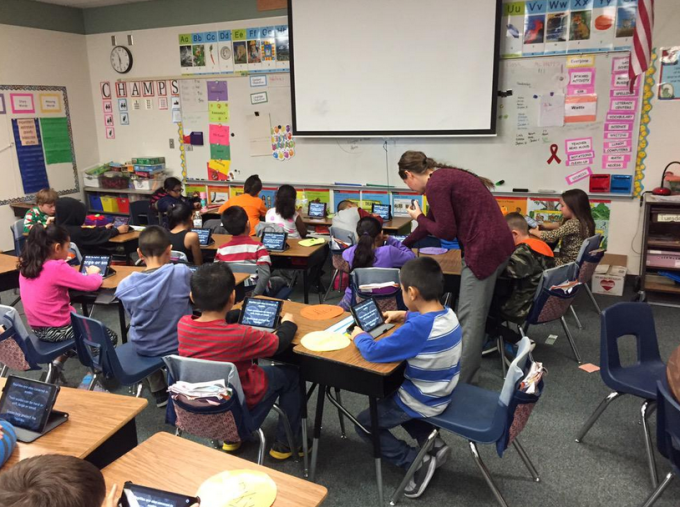News: Brex applies for bank charter, taps former Silicon Valley Bank exec as CEO of Brex Bank
Brex is the latest fintech to apply for a bank charter. The fast-growing company, which sells a credit card tailored for startups with Emigrant Bank currently acting as the issuer, announced Friday that it has submitted an application with the Federal Deposit Insurance Corporation (FDIC) and the Utah Department of Financial Institutions (UDFI) to establish
Brex is the latest fintech to apply for a bank charter.
The fast-growing company, which sells a credit card tailored for startups with Emigrant Bank currently acting as the issuer, announced Friday that it has submitted an application with the Federal Deposit Insurance Corporation (FDIC) and the Utah Department of Financial Institutions (UDFI) to establish Brex Bank.
The industrial bank will be located in Draper, Utah, and be a wholly-owned subsidiary of Brex.
The company has tapped former Silicon Valley Bank (SVB) exec Bruce Wallace to serve as the subsidiary’s CEO. He served in several roles at SVB, including COO, Chief Digital Officer and head of global services. It also has named Jean Perschon, the former CFO for UBS Bank USA, to be the Brex Bank CFO.
Last May, Brex announced that it had raised $150 million in a Series C extension from a group of existing investors, including DST Global and Lone Pine Capital.
With that raise, Brex, which was co-founded by Henrique Dubugras and Pedro Franceschi, had amassed $465 million in venture capital funding to-date.
The company said in a statement today that “Brex Bank will expand upon its existing suite of financial products and business software, offering credit solutions and FDIC insured deposit products to small and medium-sized businesses (SMBs).”
Offering credit products to small businesses has become a popular product offering and source of revenue for tech companies serving entrepreneurs, including Shopify and Square in the commerce arena. Likewise, offering business-focused bank accounts, like Shopify Balance, which is currently in development with a plan to launch sometime this year in the U.S.
These financial products can provide additional opportunities for revenue on interest and cost of borrowing for these companies, who might have better insight into the risk profiles of the types of businesses they serve than traditional lenders and FIs.
“Brex and Brex Bank will work in tandem to help SMBs grow to realize their full potential,” said Wallace.
Brex is based in San Francisco and counts Kleiner Perkins Growth, YC Continuity Fund, Greenoaks Capital, Ribbit Capital, IVP, and DST Global as well as Peter Thiel and Affirm CEO Max Levchin among its investors. It currently has over 400 employees, and though it had significant layoffs mid-year in 2020, it cited restructuring rather than financial difficulty as the cause of that downsize.
Other fintechs that have made moves toward bank charters include Varo Bank, which this week raised another $63 million and SoFi, which last October was granted preliminary approval for a national bank charter.

 (@Katemooooon)
(@Katemooooon) 
 Craig Inzana (@craiginzana)
Craig Inzana (@craiginzana) 









